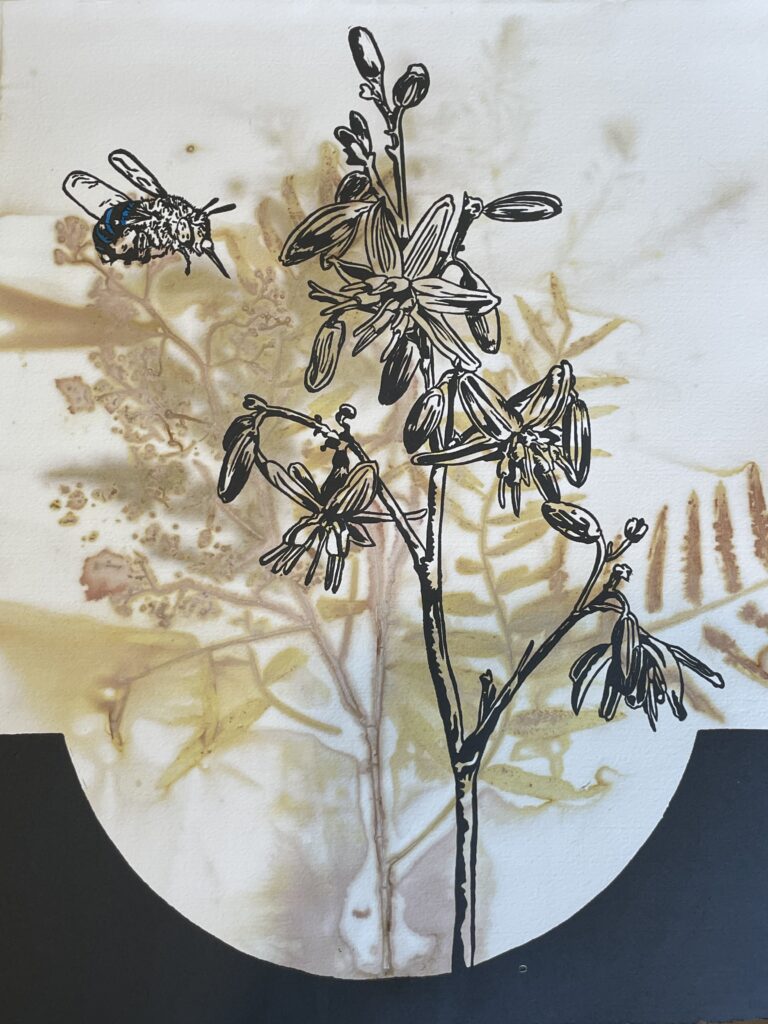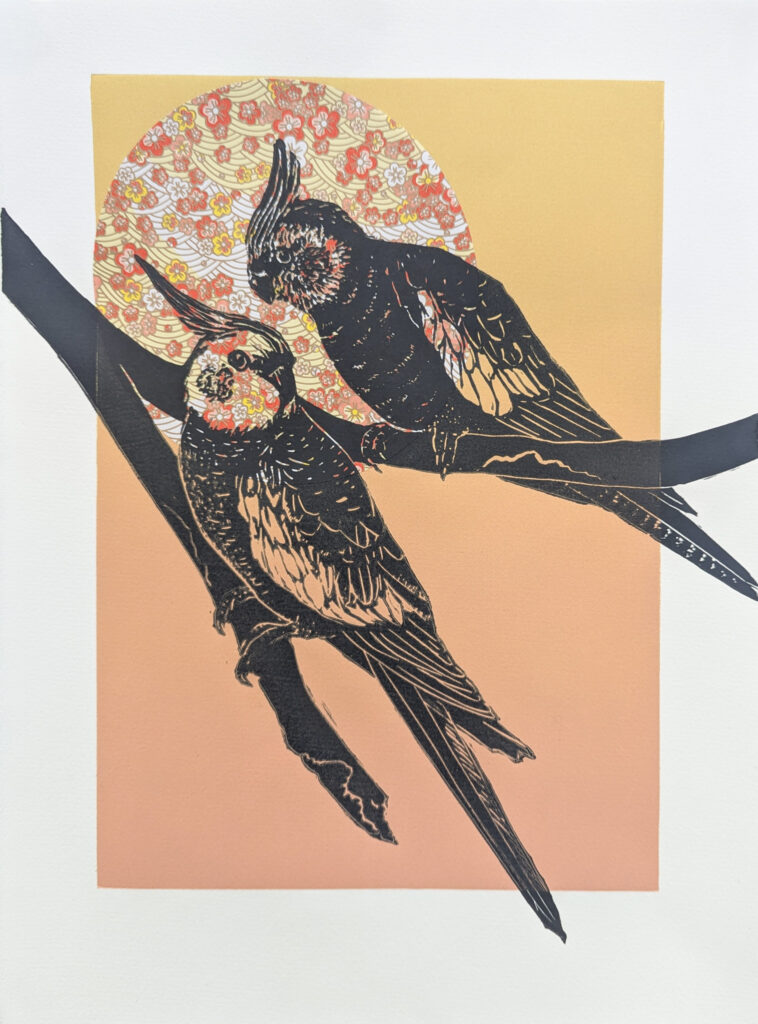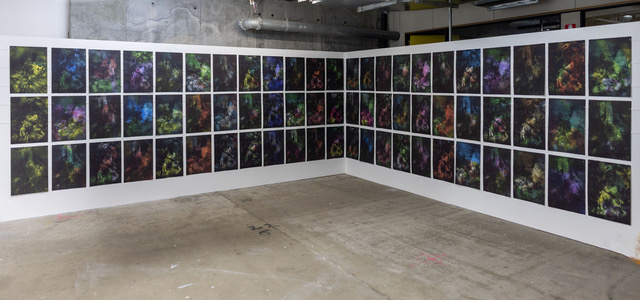On 30 October Griffith University dropped a bombshell on Queensland in the form of its document Roadmap to Sustainability. It detailed drastic cuts to teaching staff at the Queensland College of Art and the closure of fundamental practice-based studios and related courses. In the short window of time allowed for responses to these proposed changes, a dedicated band of students, alumni and members of the community has rallied together in support of the art college in the hopes that these proposals can be negotiated or overturned.
The news of these proposals was strategically delivered late on a Friday afternoon, just days after the Queensland election, and once again it seemed like COVID-19 was going to be the vehicle to drive this agenda. The fact that these disproportionate cuts came just a month after Griffith proposed $500 million worth of new buildings on other campuses certainly raised a few eyebrows. As if the effects of the COVID-19 lockdown and the federal government’s increase of student fees in relation to art and design courses were not enough, Griffith’s roadmap advises that the following courses and their related studios will be closed as of 2021.
- Printmaking
- Jewellery and Small Objects
- Advertising Photography
- Documentary Photography
- Creative and Interactive Media (reduced to major)
According to the on-flow of this decision, QCA would lose 44% of its teaching staff from Fine Art and Photography and 16.7% from Design. This is in addition to the many sessional and technical staff whose contributions are invaluable to studio-based art education. As one of the oldest art schools in the country, the Queensland College of Art is one of the leading art schools in Queensland and is the only art school in Queensland that specialises in offering studio-based programs. Compared to the rest of the University, which Griffith claims will only incur 4-5% staff losses, these proposed cuts disproportionately target Queensland’s oldest and most prestigious art school.
As a PhD candidate I find these proposed cuts troubling on many levels. Should these changes go ahead, I’m left with several questions relating directly to how I conduct my research. As both of my supervisors are print teaching staff I am left worrying about a lack of supervision, or changing both supervisors two years into my PhD. My practice and research is based in print culture, so I am unsure if there will be access to the printmaking studio for the remainder of my research. Who will be supervising or managing the space? Will there be anyone to ask for advice, or am I left to rely only on the skills I have acquired thus far? Answers to these questions are vague and non-committal at this stage.
Like many other students at the College of Art my practice is multidisciplinary. It’s a massive blow to remove fundamental elements such as printmaking, jewellery, and photography and those directly associated with those classes and studios, but these courses and art spaces are used by students across the University—not just those enrolled in those class majors. You cannot remove a lung or a liver from a body and expect it to operate in perfect health.
As an HDR student (higher degree research), my concerns go beyond the lack of facilities and opportunity for emerging artists to refine their practices. I think to the reputation and integrity of the University and the College of Art when such drastic and disproportionate measures are proposed. Since organising the response to the roadmap, national and international art bodies such as NAVA and The Print Council of Australia have publicly condemned these proposals as rash and foolish. I fear for the 140-year reputation of the Queensland College of Art along with the qualifications of the postgraduate students like myself who have spent years studying and researching under Griffith University’s banner.
But the effect of these proposed cuts will stretch much further than the confines of the Queensland College of Art. When large-scale educational institutions such as Griffith University suggest crippling cuts to one of Australia’s leading art schools, it displays a lack of understanding and respect for the creative sector, not just in Brisbane or Queensland, but on a national and international scale. Stories that are unique to the Sunshine State will be lost when artists and researchers travel interstate or abroad to continue their career paths. The Queensland College of Art offers courses and specialised studio practices that are available at only a handful of universities throughout Australia, some unique to QCA, and once they are removed they will not return. These proposed cuts will have a flow on effect to revenue and student enrolments throughout Queensland as well as the creative industries throughout Australia.
In light of these proposals, support from the community has been overwhelming. There was a huge turnout at a protest organised by the NTEU last Friday, and representatives from the student and alumni group have appeared on television and radio in support of our cause. Our petition to oppose the roadmap gained almost 7000 signatures in seven days, and our aim is to hit 10,000 by Friday when our response to the proposals is due.
I encourage artists, arts workers, industry heads and concerned members of the community to sign and share our petition and to personally email the Vice Chancellor of Griffith University, Prof Carolyn Evans, and let her know in no uncertain terms how you feel about these proposed changes to the Queensland College of Art.
PETITION LINK
#QCASoS
#QCASaveOurStudios
#QCASaveOurStaff
—
Join the PCA and become a member. You’ll get the fine-art quarterly print magazine Imprint, free promotion of your exhibitions, discounts on art materials and a range of other exclusive benefits.





